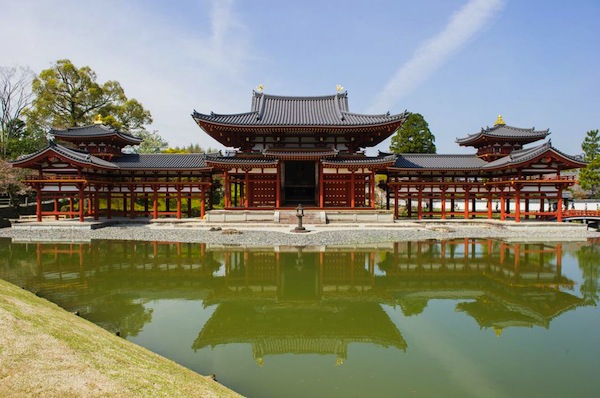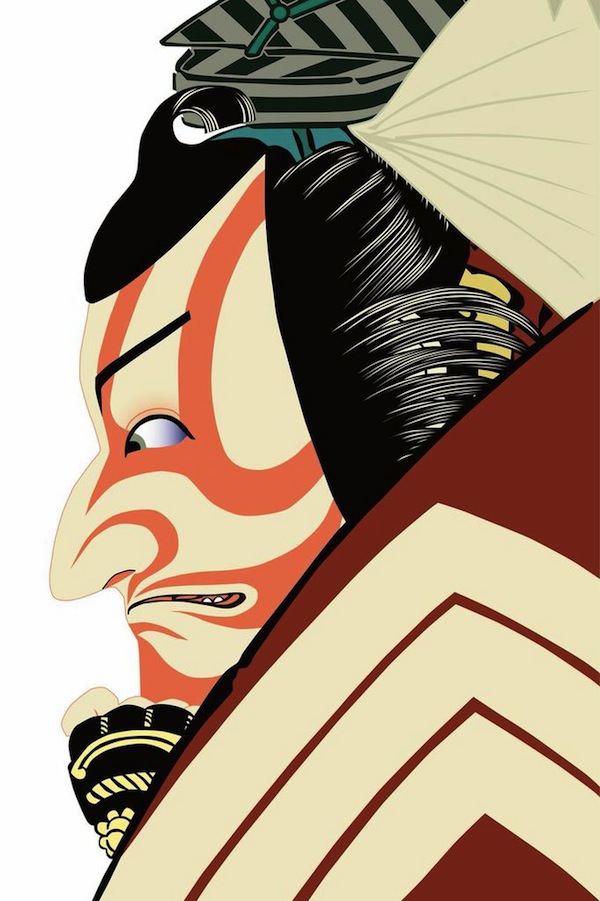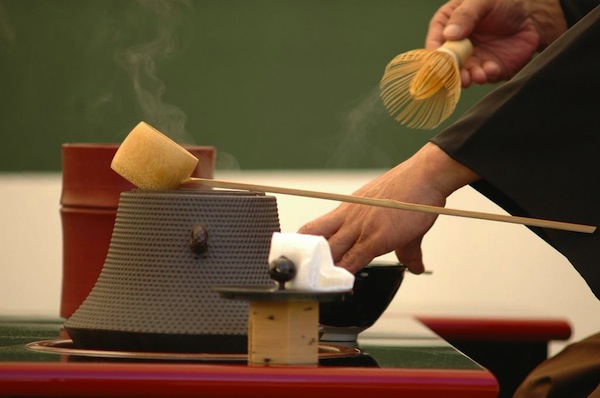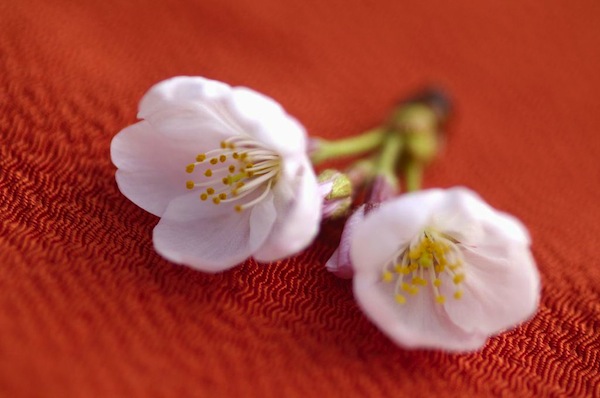 Clothing in the Heian period
Clothing in the Heian period
Between nine to twelve centuries, the capital of Japan was Kyoto and we call this period the “Heian period.” Nobles had been wearing clothing that came from China until the end of the Nara period, but Japanese original culture developed during the Heian period and the design of clothing gradually changed. However, the idea that noble people should wear heavy and immobile clothing was succeeded. As a result, people eventually wore a Japanese original poncho on top of Chinese clothing.
All these led to the creation of Sokutai for men and Juunihitoe for women. On the other hand, regular people wore front-opened and tight-sleeved clothing which is a developed version of Japanese poncho.
The biggest difference between clothes for Nobles and for regular people is the size of cuffs. Clothes for nobles had wider cuffs, so these were called “Big Cuff” and clothes for regular people were called “Small Cuff” as opposed to this “Big Cuff.” Nobles also wore “Small Cuff” under “Big Cuff” as an underwear. For both Sokutai and Juunihitoe, people first wore “Small Cuff” and “Hakama” and put on “Big Cuff” over them.



